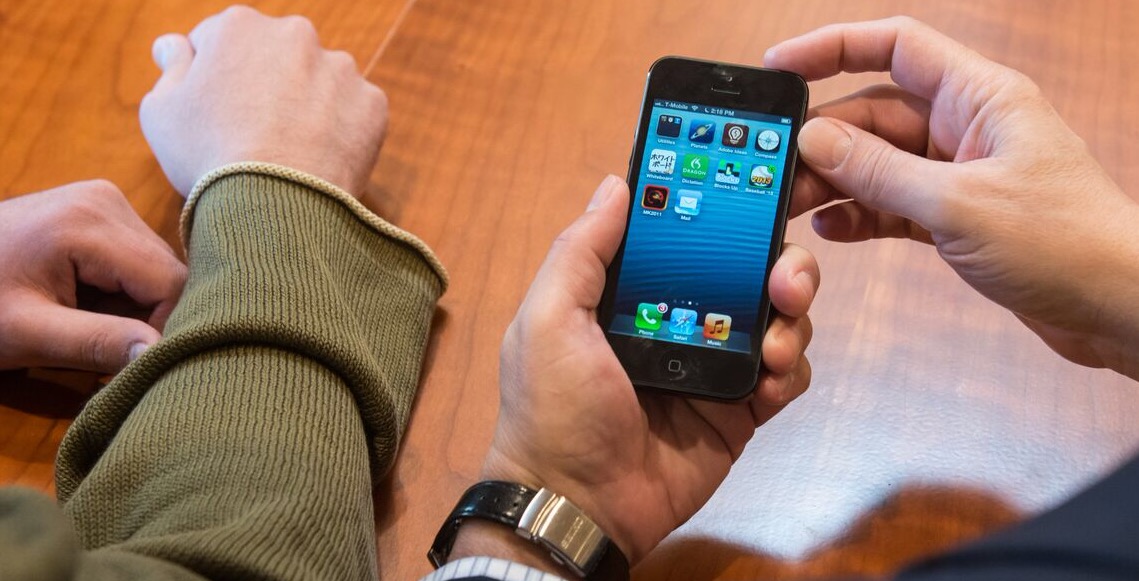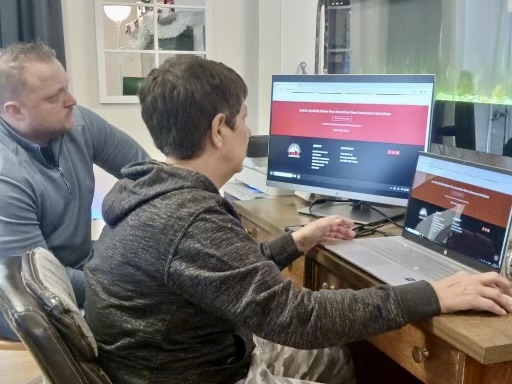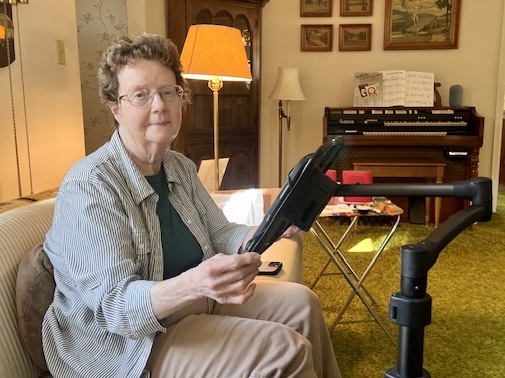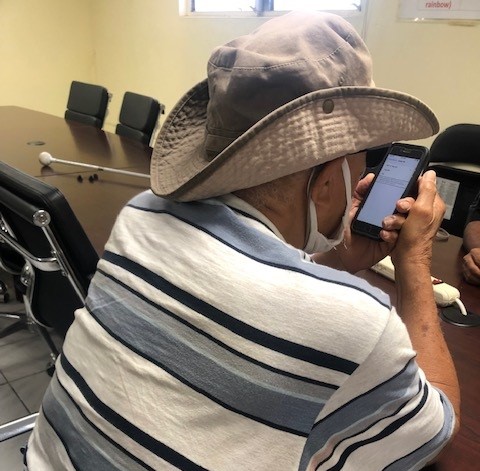Anybody who has ever used communications technology knows that having the right hardware is only half the battle. You also need to know how to use it. That’s why iCanConnect equipment and software trainers are such an important part of the iCanConnect program.
ICC trainers work hand and hand with participants to make sure they get the most out of the technology the program has provided to them. Jerry Berrier, iCanConnect program manager for Massachusetts and Rhode Island, says the program’s trainers share some common attributes.
“We try to find people who have some background in access technology,” says Jerry. “The equipment that we provide is often unusual equipment, and it can be difficult to find one person who really knows all the types of equipment. In one given area, someone might be good at braille displays, another in low vision technology, so we’ll tap into their expertise depending on the situation. We also look for people who have some experience working with the deaf-blind community.”
How iCanConnect Trainers Work
Once someone applies and is approved for the iCanConnect program, an in-home assessment is performed to identify what type of equipment is best suited for him or her. To ensure the right equipment is chosen and training goals are established, “the assessment is a critical part of the program,” says Berrier. “If it isn’t done well, the wrong equipment is ordered and we don’t want that to happen.”
After the assessment is conducted, the assessor puts through an equipment request. The equipment must match the participant’s existing skill sets. For example, “If we’re going to get them a braille display, they’ll need to know braille,” says Berrier.
The trainer will then come into the participant’s home to set up the equipment and begin training on how to use the equipment for the distance communication goals outlined in the assessment. Training sessions last an average of two hours, and multiple sessions often take place. Participants can also follow up with trainers over the phone and by email.
Many iCanConnect trainers are blind, and some are deaf-blind, says Berrier. Some know American Sign Language, some don’t. For those who don’t, the iCanConnect program provides interpreters when needed.
According to Berrier, the common ground that blind trainers share with program participants can be very helpful. “A blind trainer is comfortable with people who are blind and knows how to describe things in a way that people without sight can understand.”
One widely distributed piece of equipment provided by iCanConnect is the iPad, says Berrier. “Someone with no hearing and limited vision can use an iPad. Someone who has never used a computer can learn to use an iPad a lot faster. We also distribute a lot of iPhones and computers, but the iPad is very popular.”
Monthly Conference Calls Keep Trainers Informed
On a monthly basis, Berrier hosts a national trainers call to learn from and support each other. Trainers from around the country take part in these calls, where they talk about specific equipment issues, the best combinations of equipment to use, and any challenges they are facing. “It’s very important for trainers to share best practices and stay up to date with the technology provided by the program,” says Berrier.
What’s the most rewarding part of being a trainer for iCanConnect?
“For me, it’s when I can take someone who feels isolated and get them to the point where their world is opened up,” says Berrier. “I’ve worked with several totally deaf-blind people who previously had no way to communicate with people outside the room they were in, and now they are texting and emailing friends and family members around the country. It has really enriched their lives.”



